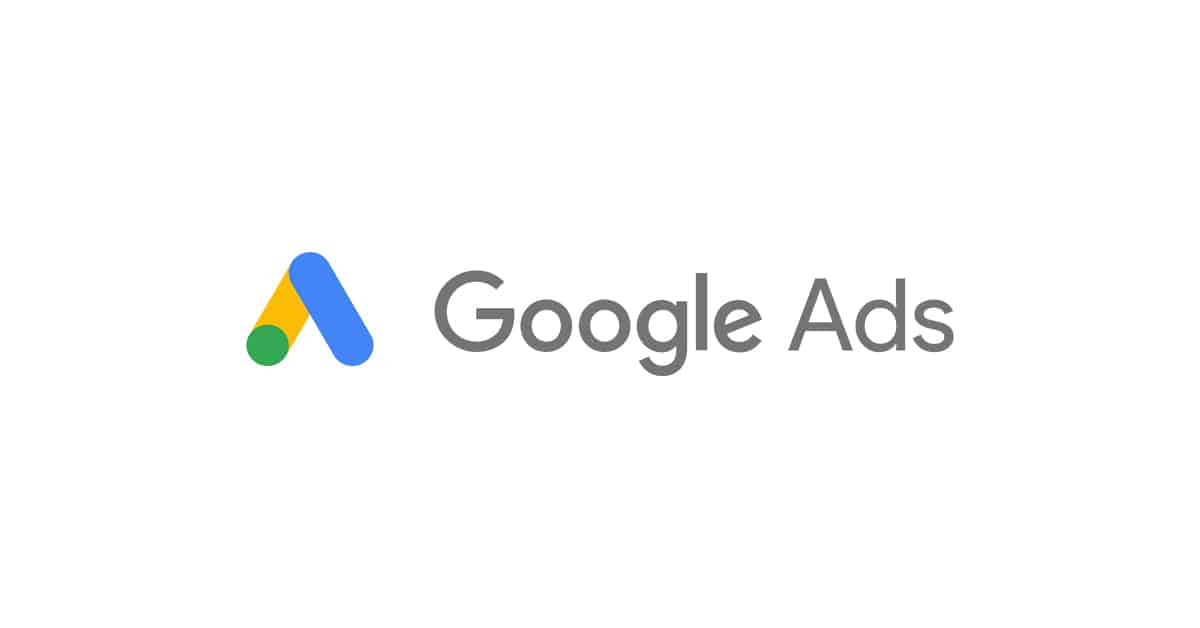The Importance of Protecting Your Google Ads Account from Malicious Software
As an online advertiser, you understand the significance of Google Ads in driving traffic and generating leads for your business. However, with the increasing prevalence of malicious software or malware, it is crucial to take proactive measures to protect your Google Ads account from potential threats.
Understanding Malicious Software
Malicious software refers to any program or code designed to harm your computer system, steal sensitive information, or disrupt your online activities. Common types of malware include viruses, worms, Trojans, ransomware, and spyware. These malicious programs can enter your system through various means, such as email attachments, infected websites, or software downloads.
The Risks of Malware for Google Ads
When it comes to your Google Ads account, malware can have severe consequences. Here are some of the risks associated with malware:
- Click Fraud: Malicious software can generate fraudulent clicks on your ads, leading to wasted advertising budget and skewed performance metrics.
- Account Hijacking: Cybercriminals can gain unauthorized access to your Google Ads account, allowing them to manipulate your campaigns, steal sensitive data, or even launch malicious campaigns under your name.
- Malicious Redirects: Malware can redirect your website visitors to malicious websites, potentially damaging your brand reputation and customer trust.
- Data Breaches: If your Google Ads account contains sensitive customer data, malware can compromise this information, leading to privacy breaches and legal issues.
Protecting Your Google Ads Account
Fortunately, Google provides several security measures to help protect your Google Ads account from malware. Here are some essential steps to safeguard your account:
- Enable Two-Factor Authentication: By enabling two-factor authentication, you add an extra layer of security to your account. This feature requires you to provide a second verification method, such as a unique code sent to your mobile device, in addition to your password.
- Regularly Update Software: Keep your operating system, web browser, and antivirus software up to date to ensure you have the latest security patches and protection against known malware threats.
- Be Cautious with Email Attachments: Avoid opening email attachments from unknown senders or suspicious emails that seem out of the ordinary. Malware often spreads through infected attachments.
- Use Secure Networks: Avoid accessing your Google Ads account from public Wi-Fi networks or unsecured connections. Use a virtual private network (VPN) when working remotely to encrypt your internet traffic.
- Regularly Monitor Account Activity: Keep an eye on your Google Ads account for any unusual activity, such as unexpected changes in campaign settings or suspicious ad performance.
Google Ads Malware Detection and Removal
In addition to taking preventive measures, Google Ads also offers malware detection and removal tools to help you identify and address potential threats. The Google Ads Policy Center provides detailed guidelines on what is considered malicious behavior and how to handle it.
If you suspect that your Google Ads account has been compromised or infected with malware, it is crucial to take immediate action. Contact Google Ads support for assistance and follow their recommended steps to remove the malware and secure your account.
Conclusion
Protecting your Google Ads account from malicious software is essential for maintaining the integrity of your advertising campaigns, preserving your budget, and safeguarding your brand reputation. By implementing the recommended security measures and staying vigilant, you can minimize the risks associated with malware and ensure a safe and successful online advertising experience.

